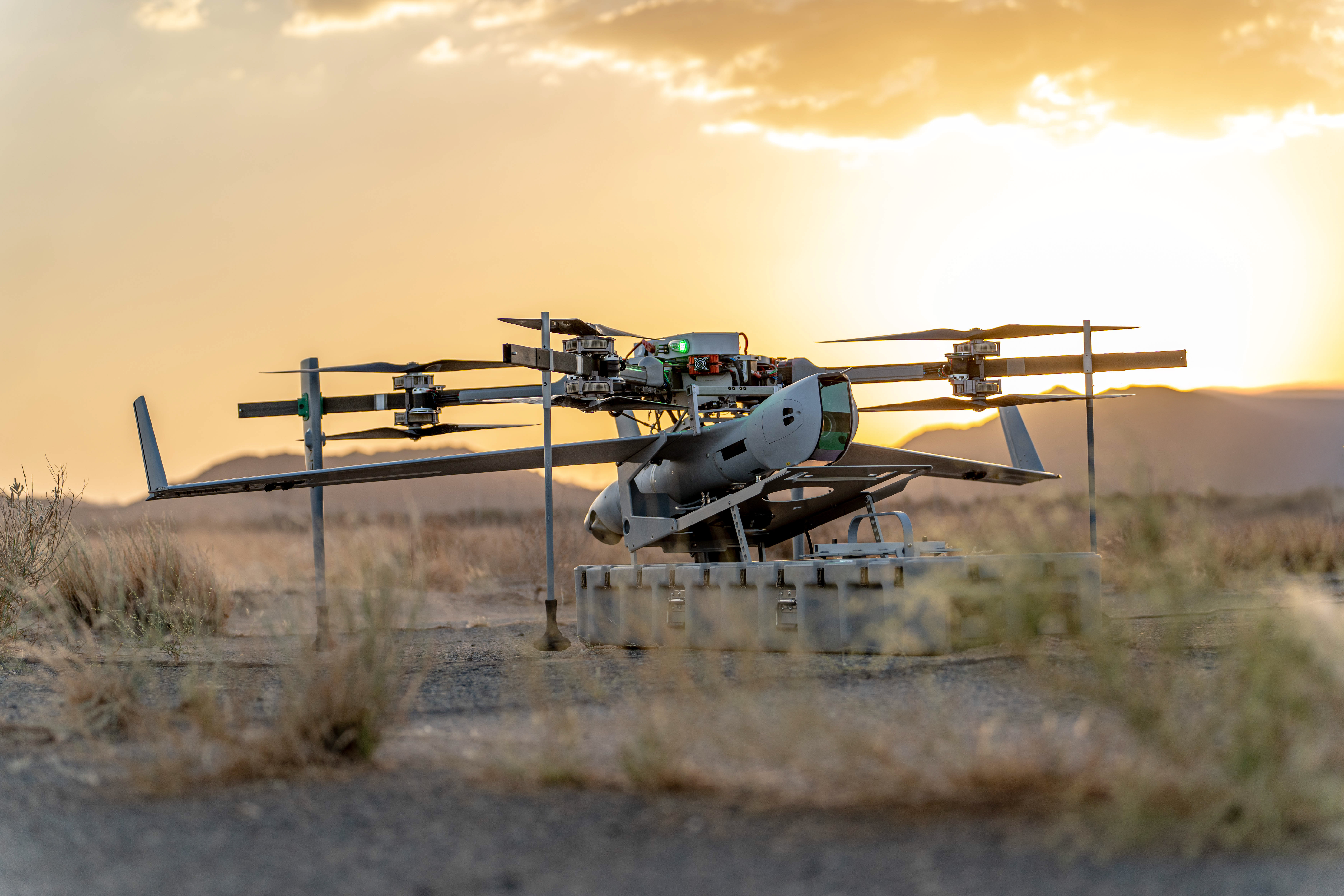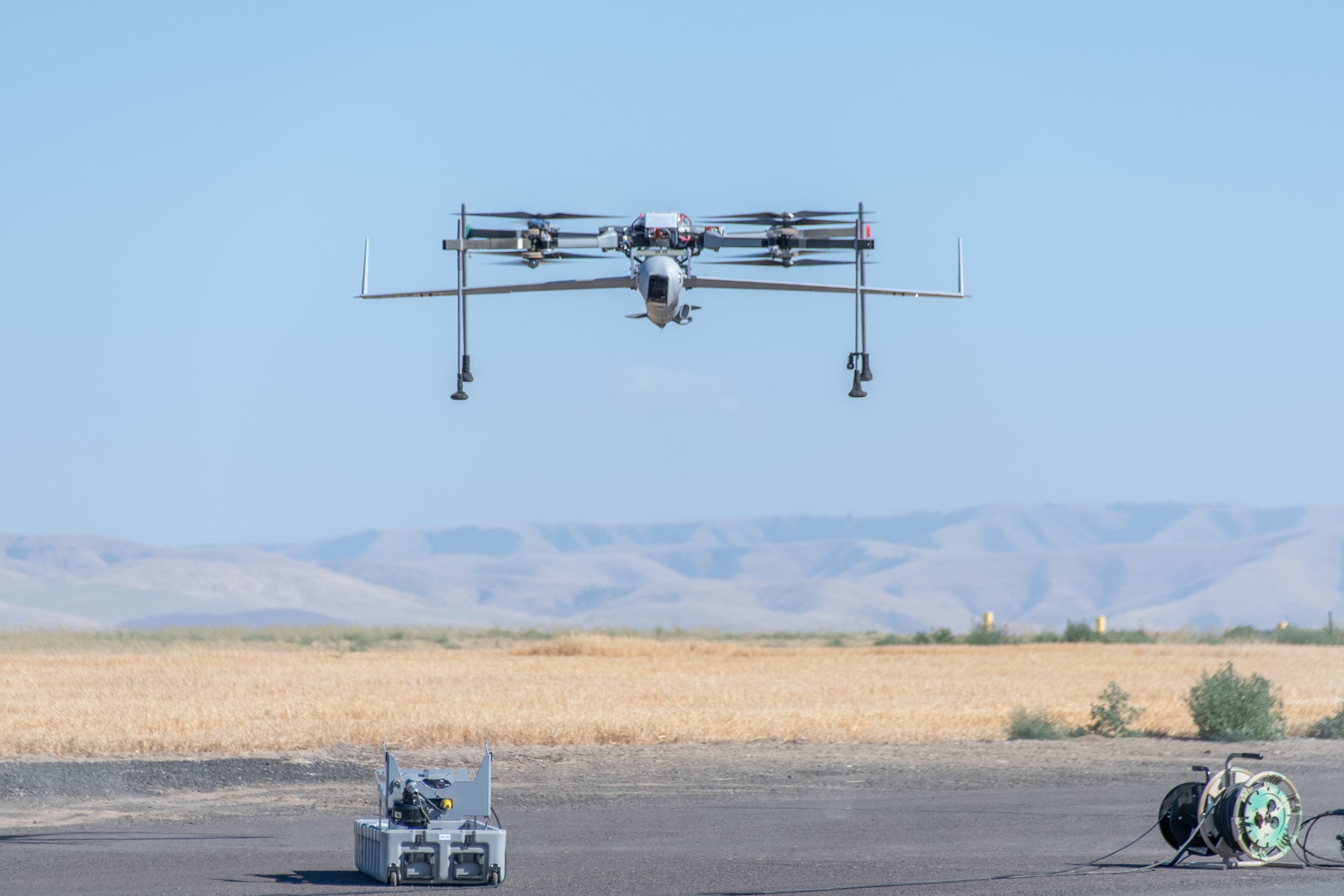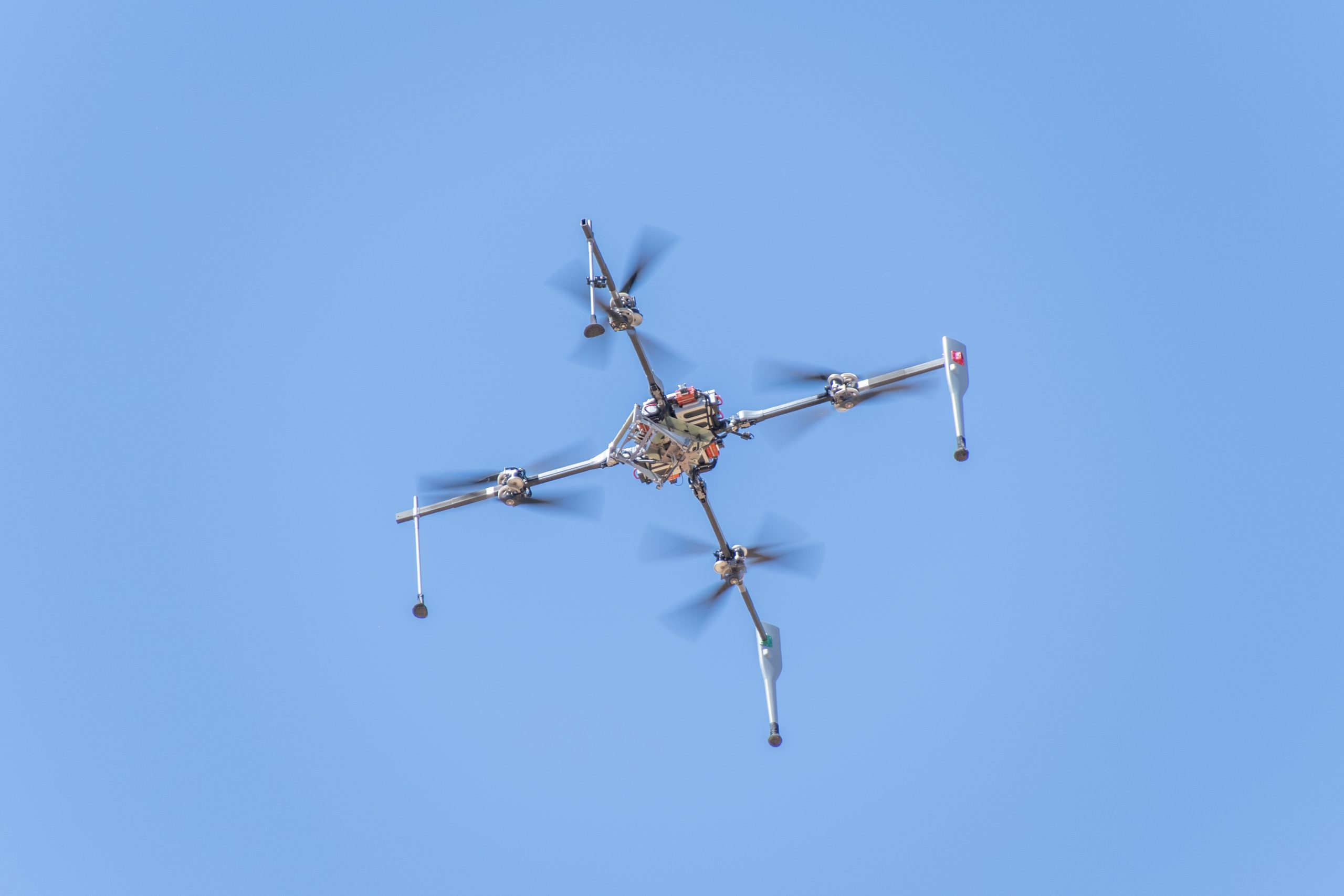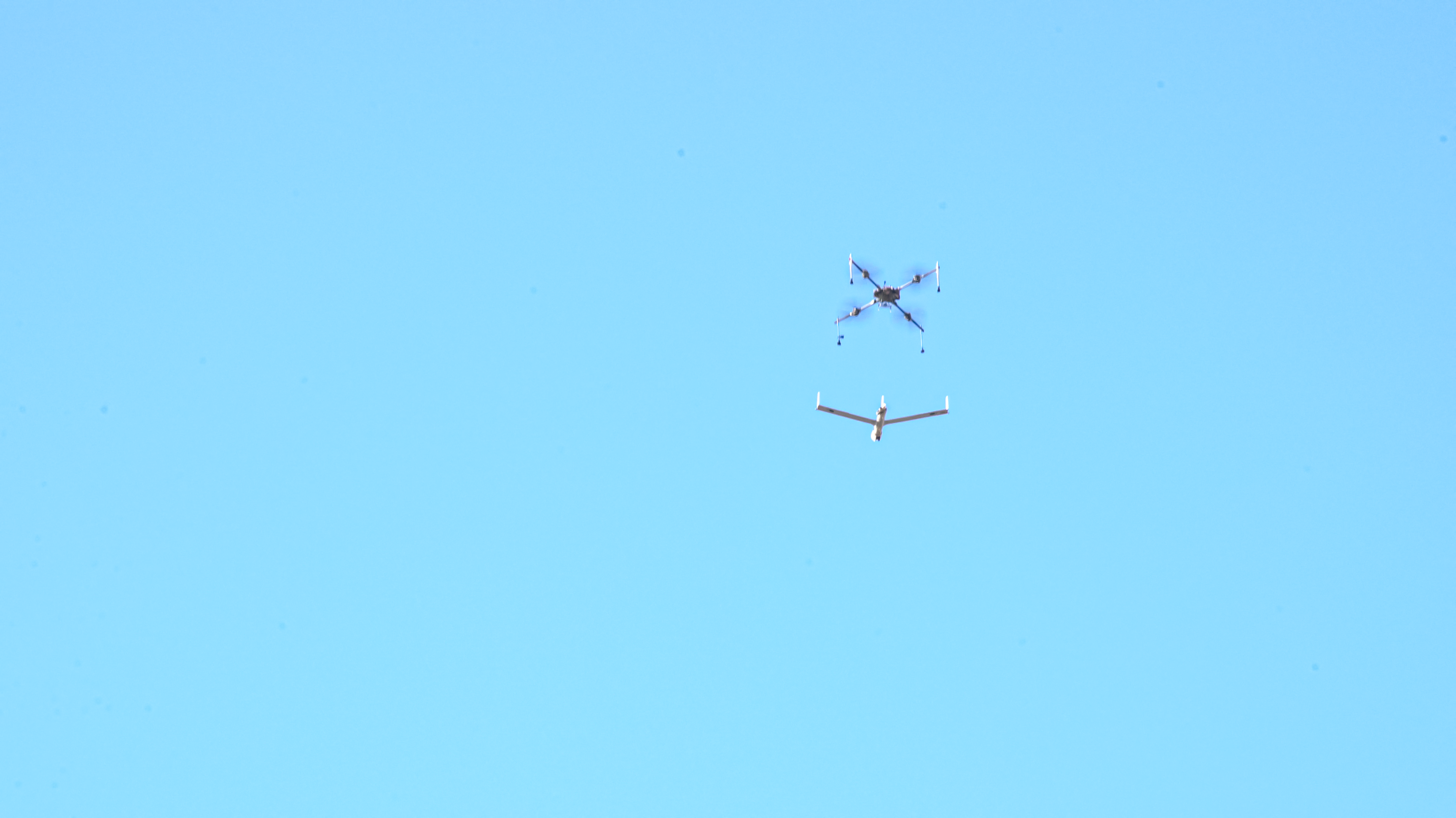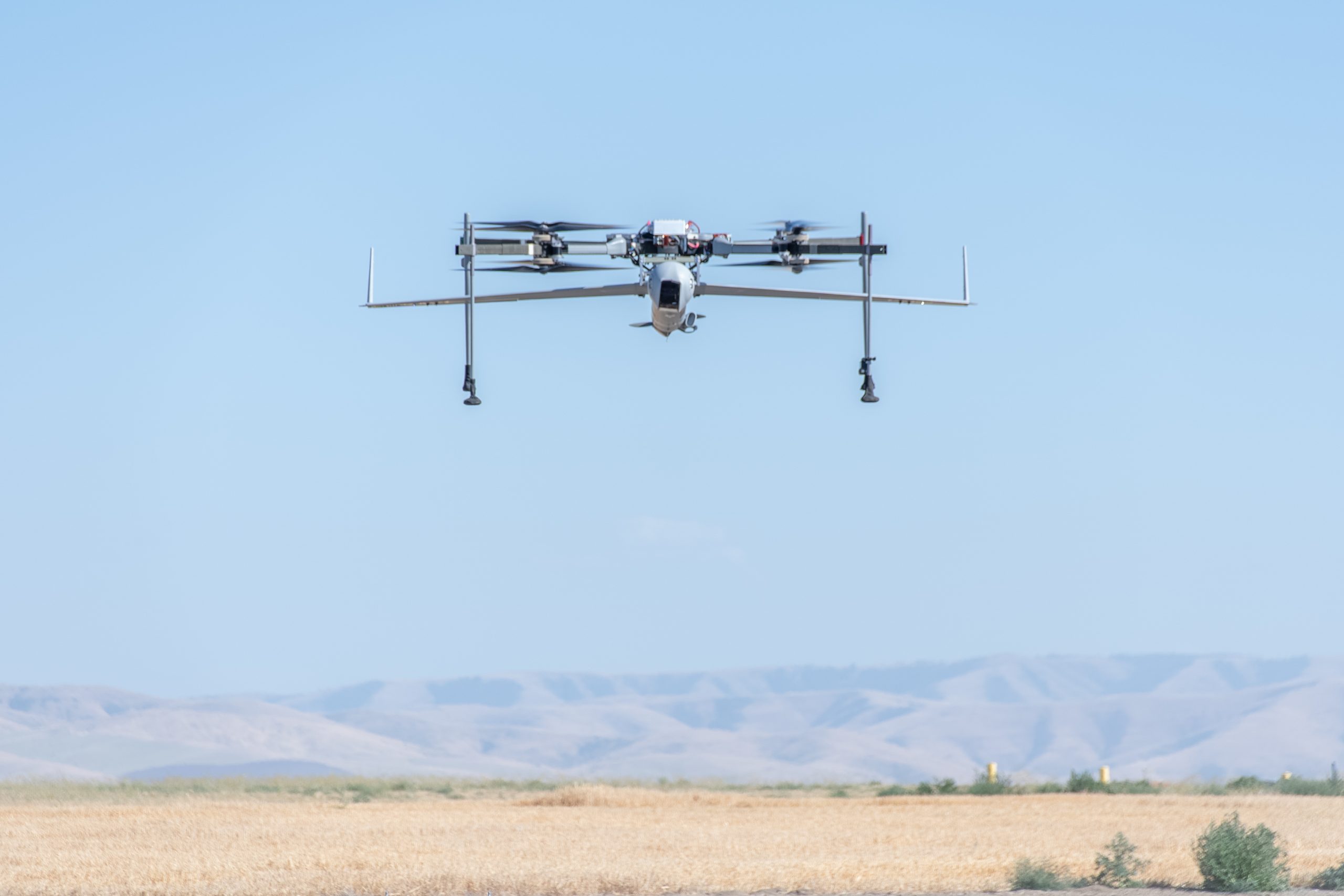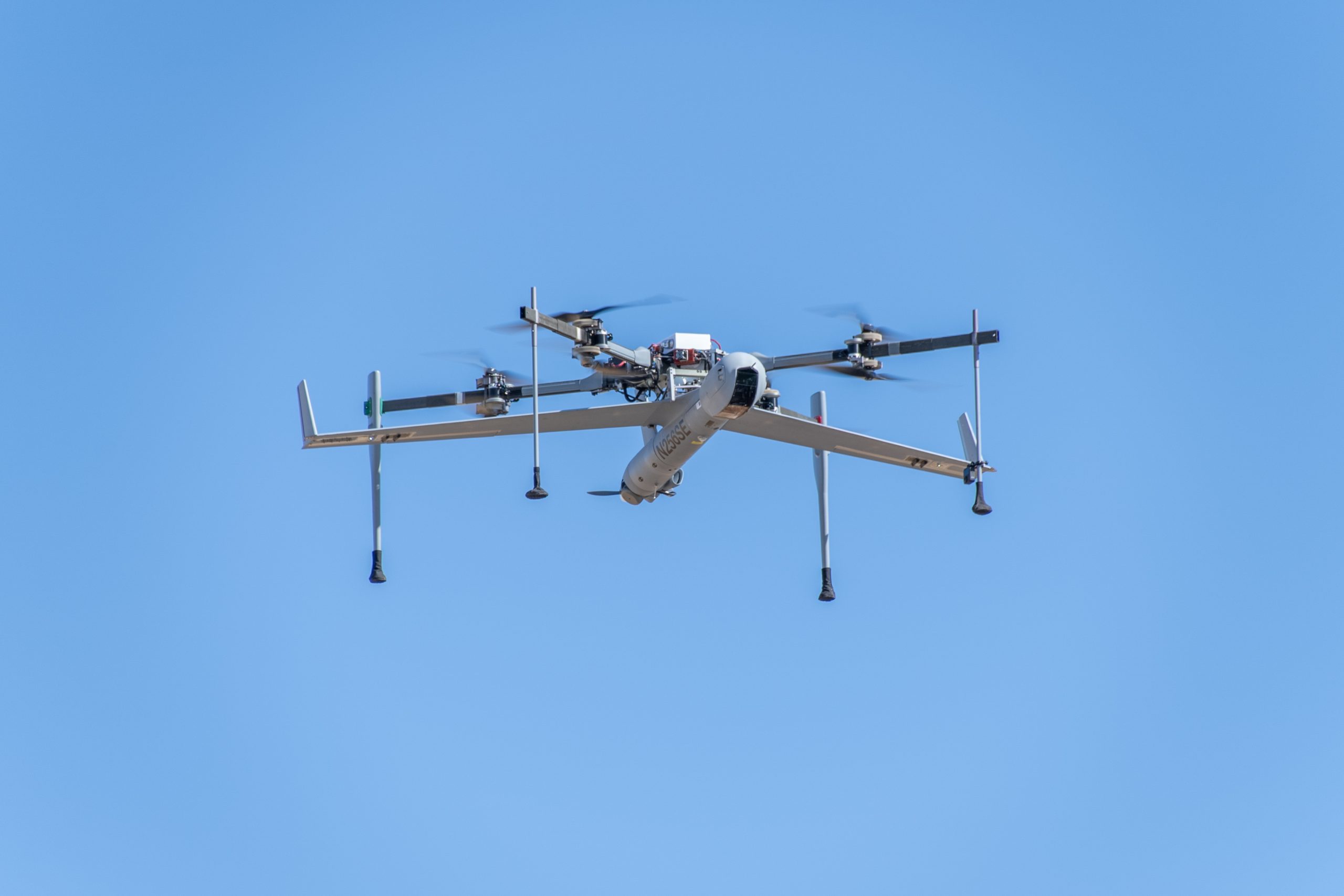The UAS that invented the agile ISR category,
Now with VTOL
ScanEagle paired with FLARES VTOL brings the smallest possible operational footprint
while preserving maximum endurance and best-in-class, modular, payload capability.
Long-Endurance
ScanEagle’s 18+ hours of endurance carrying 17 lbs of Insitu best-in-class payloads means you’ll never lose sight of what’s most important.
Small Footprint
FLARES Vertical Take-off and Landing kit requires minimal deck or land space and requires zero aircraft modifications. Enables rapid repositioning and operation in tight spaces. Transportable via standard pickup truck or cargo van and ready to launch within 30 minutes.
Resilient
ScanEagle has been operating in GPS-contested and denied environments since 2018. Alt-nav and other solutions available.
Get the full specs and details.
FLARES Specifications
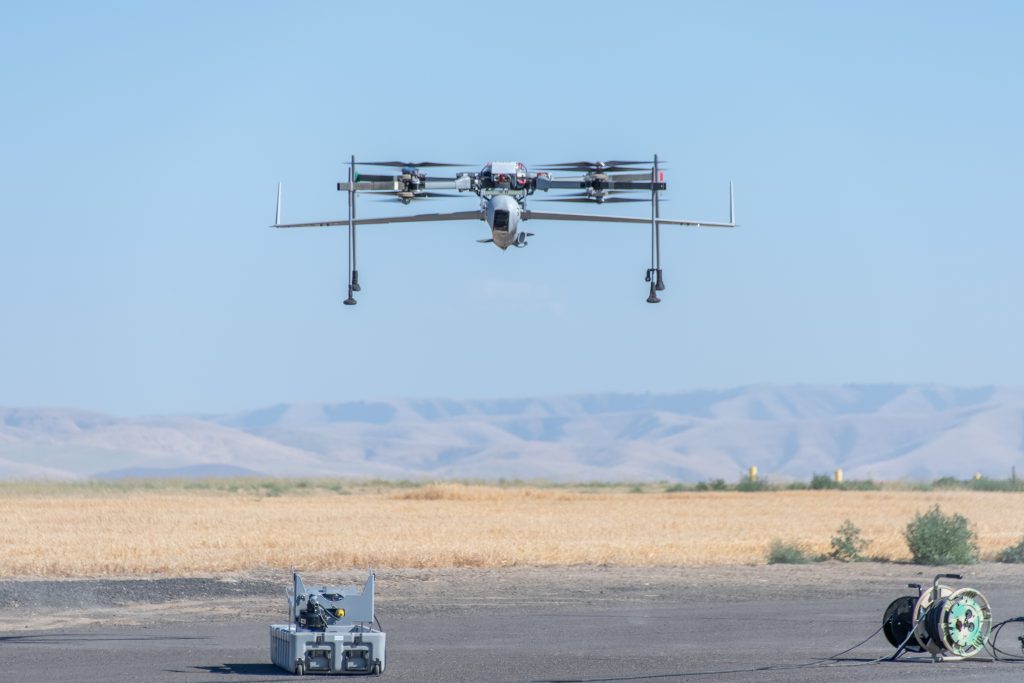
Weight
- Max ScanEagle weight 62 lb (28 kg)
Temperature Range
- -20º to +45º C
Wind Range
- 0-30 knots
- 10 knot gusts
Full Mission Set Packout
- 463L pallet: 108 x 88 x 62 in
(2.74 x 2.24 x 1.57 m)
ScanEagle Specifications
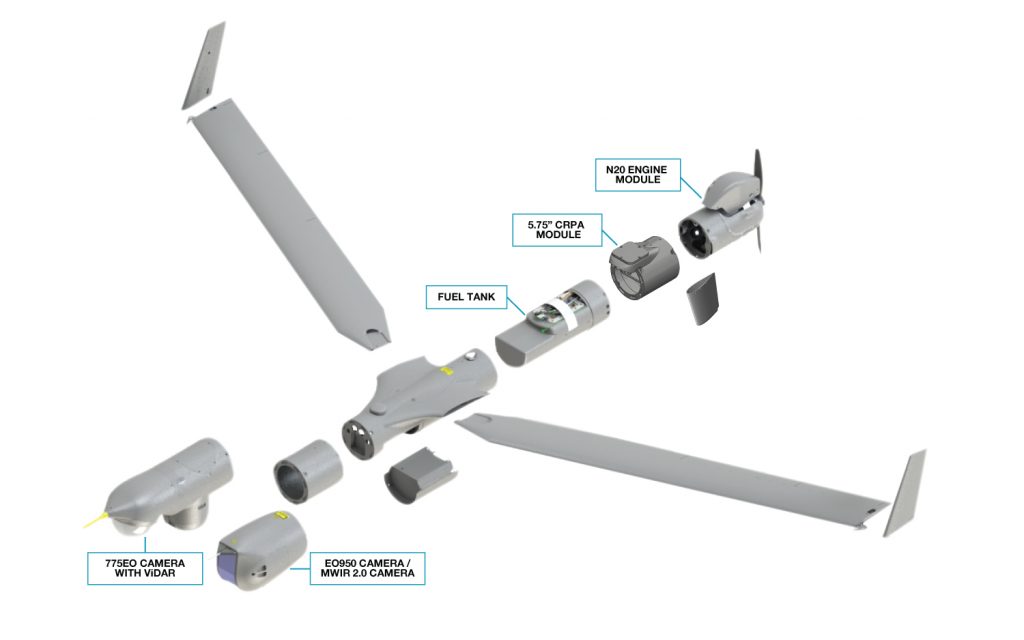
Size and Weight
- Max takeoff weight: 62 lb / 28 kg
- Max payload weight: 17 lb / 8 kg
- Payload power: up to 150 W
- Length: 5.6ft / 1.71m
- Wingspan: 10.2 ft / 3.1 m
Sensor and Data Options
- Electro-optical (EO) camera and telescope
- Medium-wave infrared and EO for day-to-night operations
- AI-assisted wide-area maritime search
- Synthetic Aperture Radar (SAR): MMTI/GMTI, CCD
- Laser range finder, laser pointer, and laser designator options
- Electronic warfare / SIGINT / comms relay
- AIS: Maritime vessel identification
- Alternative Navigation (Alt-Nav)
- Video Datalink: Analog, digital encrypted
- C2 Datalink: Encrypted, unencrypted
Performance
- Endurance: 18 hours
- Ceiling: 19,500 ft / 5,950 m
- Max horizontal speed: 80 knots / 41.2 m/s
- Engine: Heavy fuel (JP-5 or JP 8) or C-10 gasoline engine
How does ScanEagle with VTOL work?
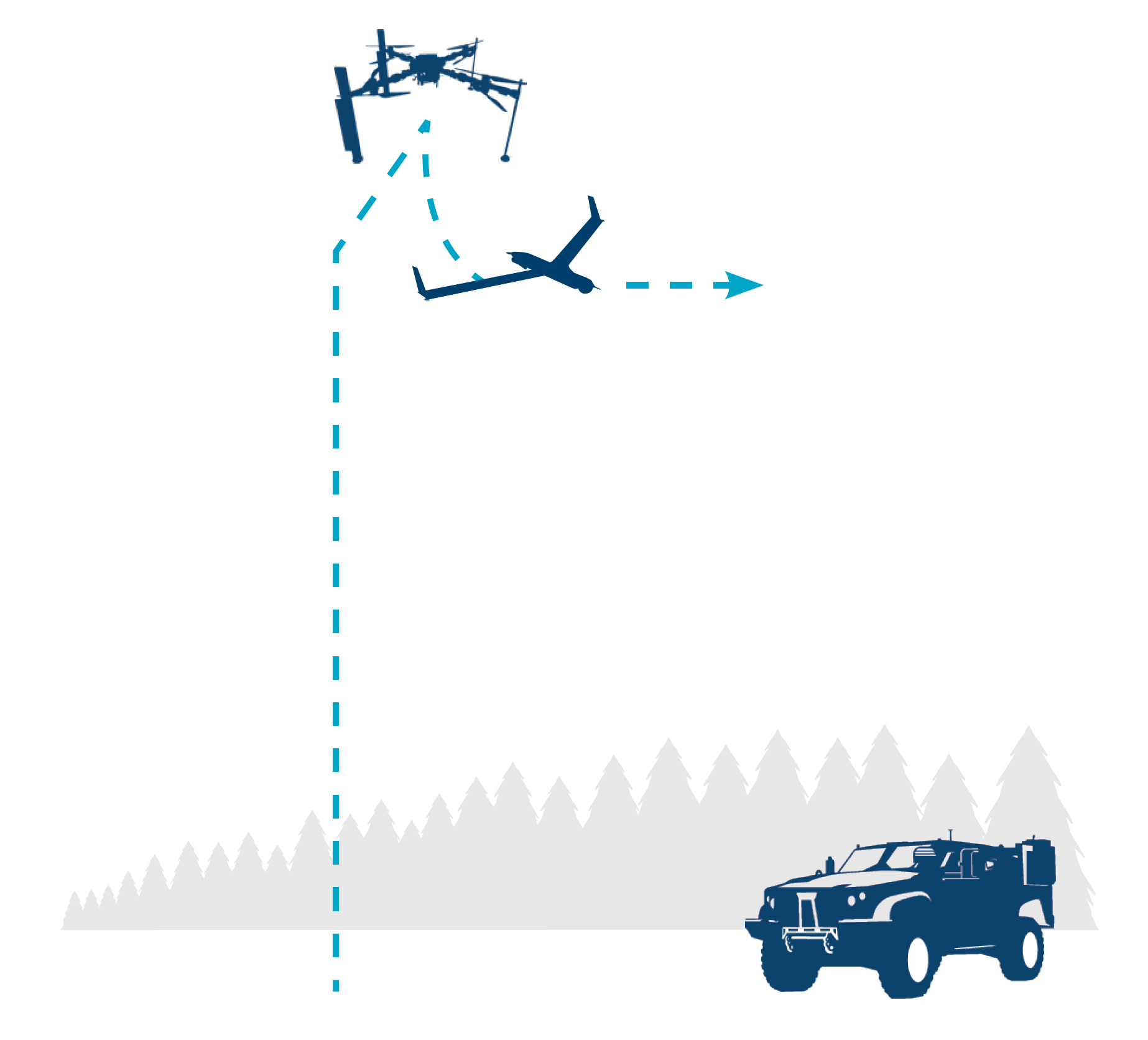
LAUNCH
FLARES mated with ScanEagle climbs vertically to altitude (500′ AGL), dashes into the wind, and releases ScanEagle into fixed-wing flight (<5 minutes).
- FLARES returns to land/ship launch point
- In case of an aborted launch, FLARES returns and lands vertically with ScanEagle still attached.
RECOVERY
FLARES takes off vertically tethered, hosting capture rope into the air (~300′). ScanEagle catches on vertical line via wing hook (<5 min)
- FLARES descends as the capture rope is wheeled onto the winch in MARS (Mast Augmented Recovery System) and ScanEagle settles onto the top of the mast.
- Unloaded FLARES lands.
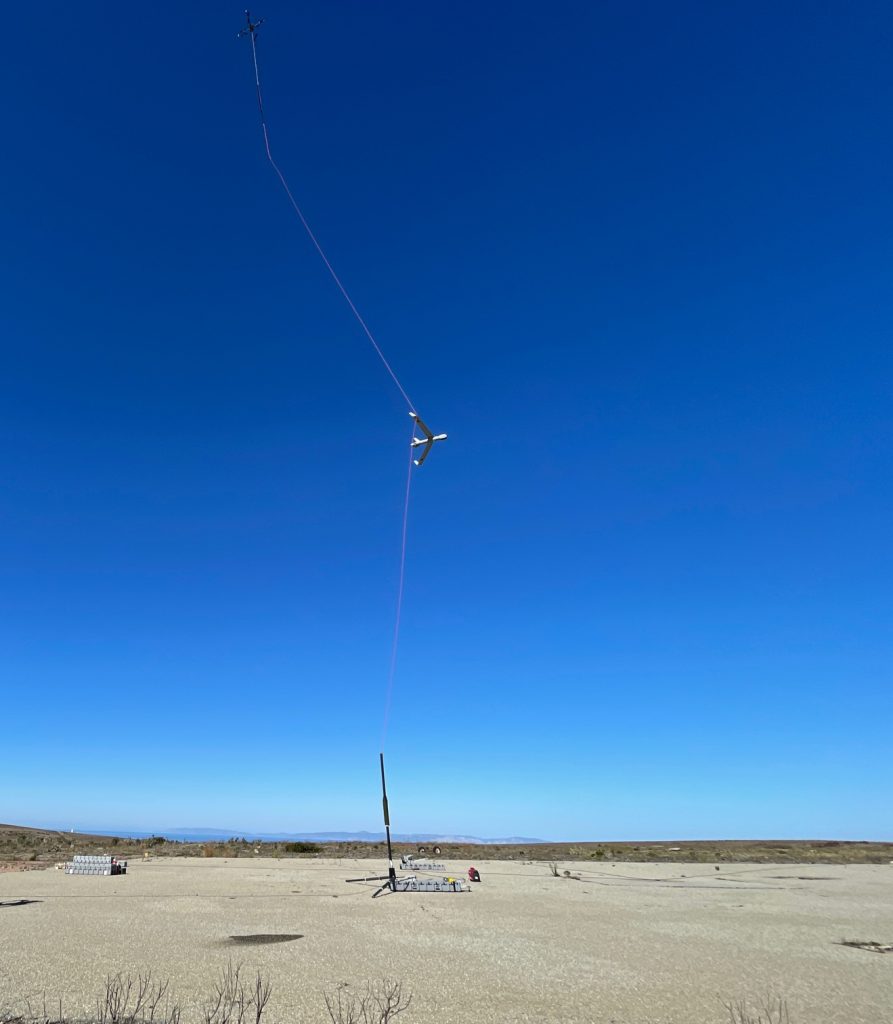
Full Range, Endurance, and Capacity
ScanEagle with VTOL offers 18+ hours of endurance carrying 17 lb of Insitu’s best-in-class modular payloads. Range and endurance enable persistent detection, classification, and tracking.
Increased Portability and Self-Sufficiency
ScanEagle with VTOL enables rapid repositioning and operation in tight spaces on land or ship.
Available for Current ScanEagle Customers
FLARES VTOL kit works with existing ScanEagle UAS.
Common Ground Control Station
Small, modular, and expandable GCS with multiple configurations minimizes footprint and maximizes compatibility. Also controls non-Insitu UAV.
Trusted Performance
With over 1.3 million operational hours, ScanEagle has been continuously deployed on land since 2004 and at sea since 2005. ScanEagle is truly battle-tested – deployed around the globe, flying in the harshest environments for a variety of US and international partners.
Interoperability
Compliant with relevant NATO and industry standards to allow interoperability across joint, coalition, and allied forces.
Payload Flexibility
Field-swappable payloads can be rapidly reconfigured to support a wide range of missions—electronic warfare, ISR, comms relay, overwatch and targeting.
Ready to learn more?
Related Systems
Operate ScanEagle VTOL with these configurable payloads.
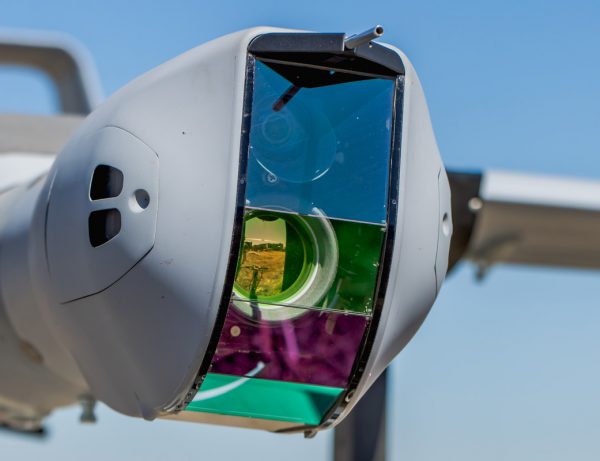
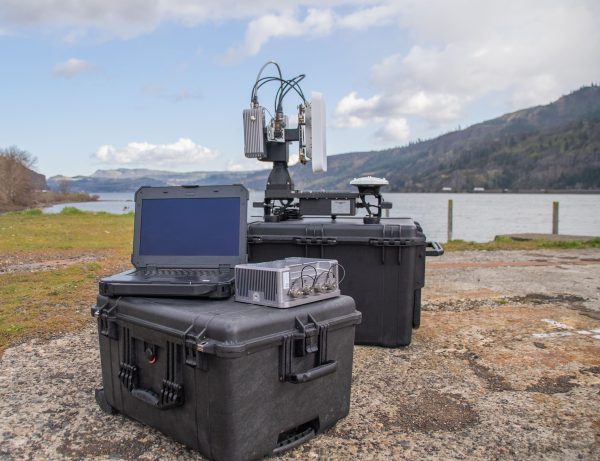
Common Ground Control Station (cGCS)
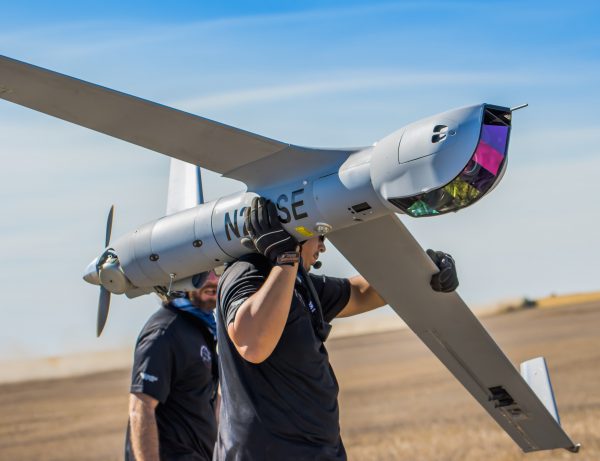
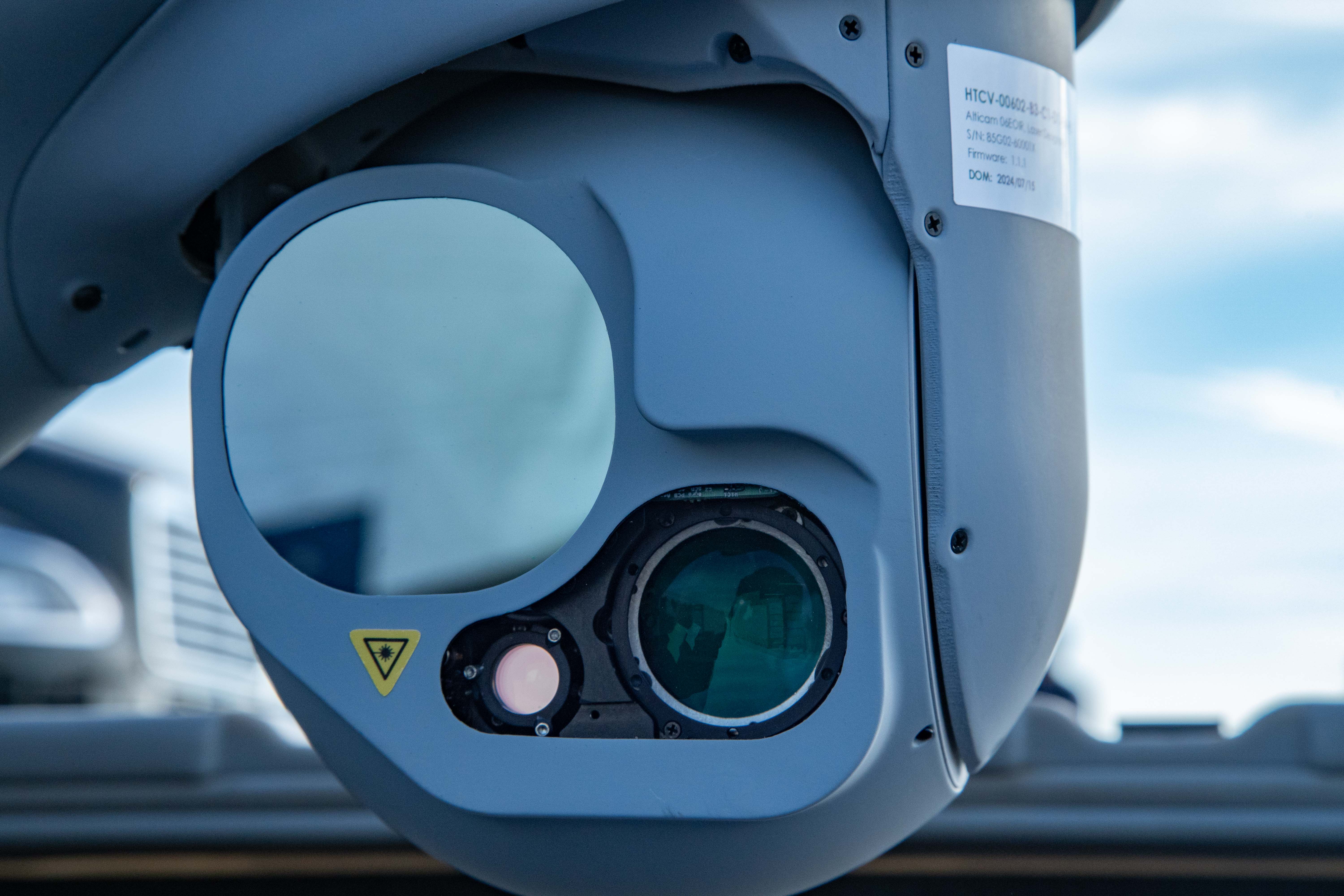
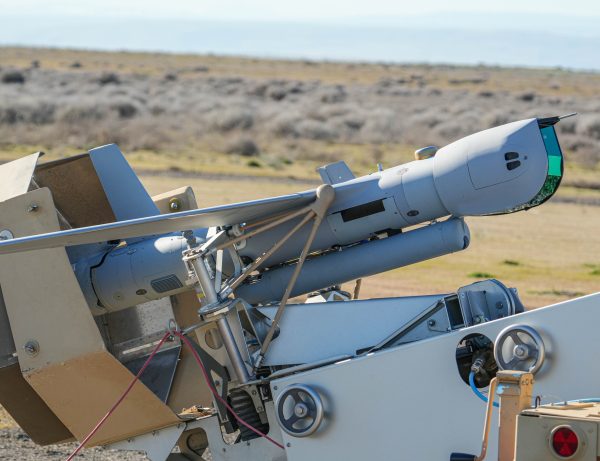
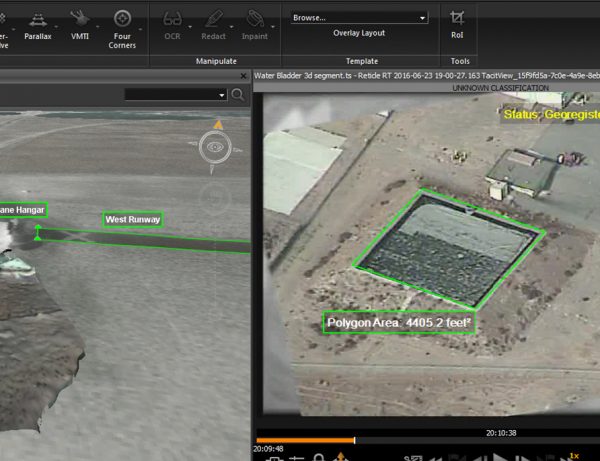
In the News
Related Stories
Insitu Introduces PLEO SATCOM for ScanEagle UAS
These enhancements position ScanEagle as the premier choice for reliable over-the-horizon Beyond Line of Sight (BLOS) Intelligence, Surveillance, Reconnaissance and Targeting (ISR-T) missions
Read More »Insitu Launches Autonomy Centre of Excellence in Oxford, UK
Insitu announced the establishment of its new Autonomy Centre of Excellence in Oxford, UK, solidifying the company’s long-standing commitment to advancing practical autonomy and artificial intelligence (AI) solutions critical to the future of global defence.
Read More »Brazilian Navy deploys ‘ScanEagle’ and NPA ‘Babitonga’ in exercise
The training included the participation of the Patrol Vessel “Babitonga” and the remotely piloted aircraft RQ-1 “ScanEagle” , integrating monitoring, patrolling and support actions for joint operations with the Army and Air Force .
Read More »